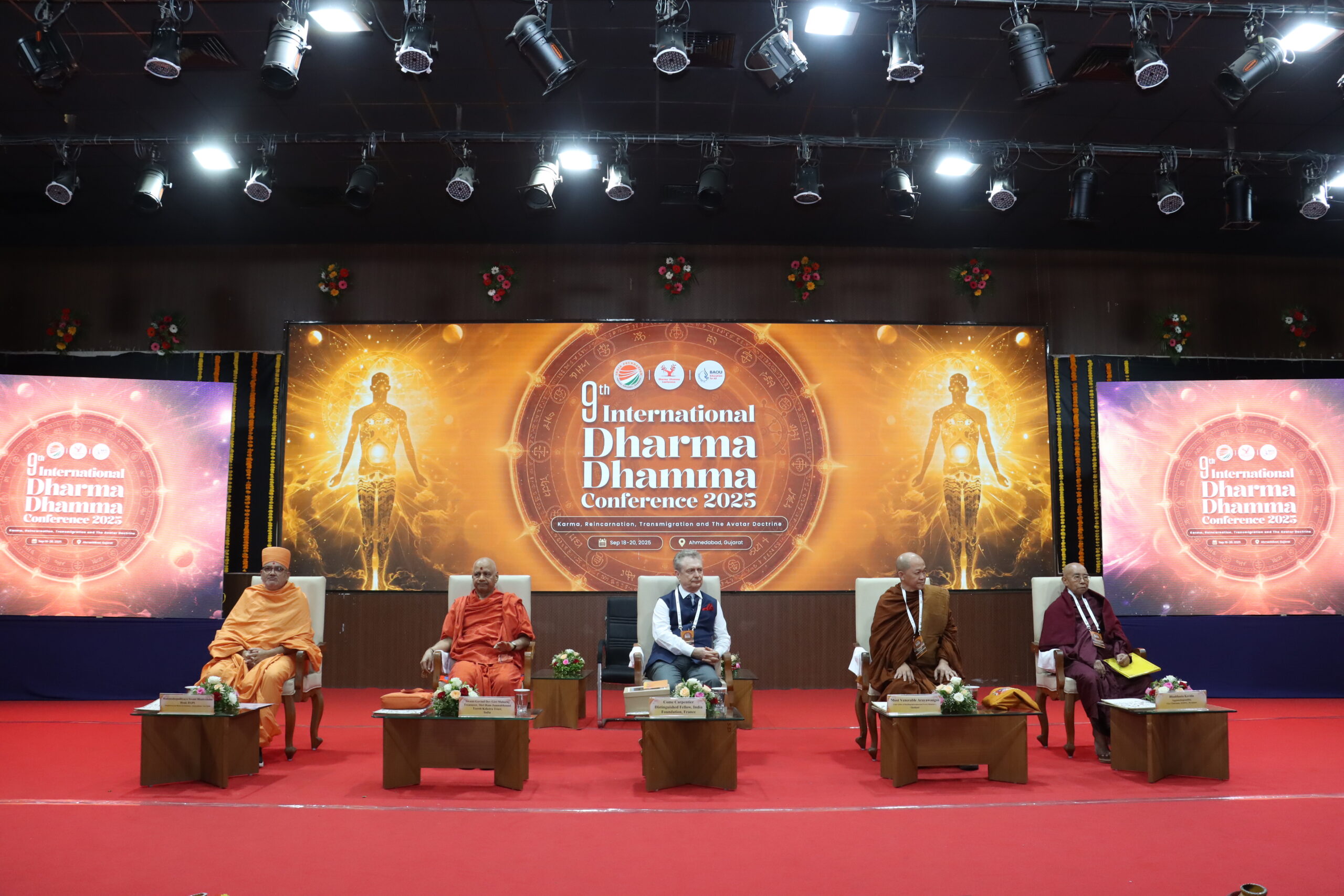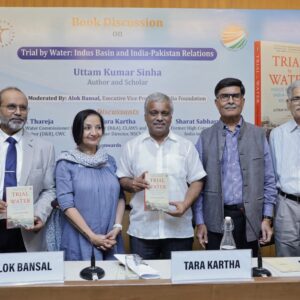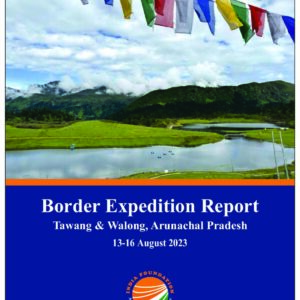Singapore is the Southern-most tip of continental Asia, one and a half degrees north of equator. And if you try to connect the Indian Ocean to the Pacific Ocean, chances are you will pass by Singapore. So the Indian Ocean is an area of major interest to us.
Singapore had the privilege of hosting the inaugural Indian Ocean Conference in 2016, which was well-received, with participants from 22 countries attending. The theme of the inaugural Indian Ocean Conference (IOC) was “Comity, Culture and Commerce”. The theme of IOC-2017 is “Peace, Progress and Prosperity.”
Peace
It is remarkable that the Indian Ocean, which has been a stage for the exchange of knowledge, culture and religion across the enormous diversity of all our states, for the past 4,000 years, has been marked by peace. If you think about the Pacific or Atlantic Oceans, even the Mediterranean Sea, what makes the Indian Ocean outstanding over the past 4,000 years is the remarkable presence of peace in almost its entire history. And perhaps we should ask ourselves, why is it that the Indian Ocean was an area of peace for so many years? Why is it that we could have merchants from many independent states coming from a very wide diversity of ethnic and cultural backgrounds being able to transact, travel, exchange and trade peacefully?
If you think about it, the first wave of globalisation was conducted in this part of the world. The early civilisations in ancient Egypt, Sumer and Indus Valley arguably owe much of their prosperity to the trade in the Indian Ocean. Over time, we saw increasingly complex trade routes linking the East African coast to the Arabian Peninsula, South Asia, Southeast Asia and South China. In the 13th and 14th century, this thriving trade was witnessed by chroniclers such as Marco Polo and Ibn Battuta.
Arab merchants facilitated the widespread and peaceful adoption of an authentic and tolerant form of Islam in Southeast Asia. In fact, Islam in Southeast Asia was achieved through trade and persuasion but never through the sword. The point here is that continued prosperity in the Indian Ocean is contingent on the Indian Ocean remaining peaceful. Therefore, the converse is that if the stability in the Indian Ocean comes under threat, so does our prosperity. For a small trading nation like Singapore where trade is three and a half times our GDP, this is an existential issue.
Progress
We all know that trade in the Indian Ocean helped to vastly improve the quality of life of all those who participated in it. While the fabled overland Silk Route was far more famous, when you think about it, far more people benefitted from the maritime trade in the Indian Ocean.
With seaborne trade, you could trade in bulk goods including cotton cloth, foodstuffs, timber, which could not be loaded onto camels or mules. So for instance, we see wood, or timber, being shipped from Africa to the Arabian Peninsula, where timber is scarce but needed for the construction of buildings. Sri Lanka provided high quality peppers and spices that were valued the world over.
This was a form of democratisation of trade. For the first time, the mass market consumer benefitted from global trade, and it was not just a question of luxury goods such as silks for the elites which were more commonly transported via the overland Silk Road.
Even today, sea transport is still the most cost-effective way to transport goods. The United Nations Conference on Trade and Development (UNCTAD) estimates that roughly 80 per cent of global trade by volume and 70 per cent by value is transported by sea – and we know that a huge proportion of that flows through the Indian Ocean. And this is also why the 1982 United Nations Conventions on the Law of the Sea, or UNCLOS for short, is of such crucial importance for those of us bordering the Indian Ocean.
The opening up of trade and economies helped to raise the standard of living for all of us. And because this was a democratised form of trade of commodities, it benefited everyone. It provided a catalyst for the exchange of ideas and technologies, development of infrastructure, and increased prosperity for all of us.
Prosperity
We are now in a new age of uncertainty. You can think of the changing relativities amongst superpowers, or the changing trade patterns. But there is one other factor, and that is what some people have called the Industrial Revolution 4.0.
There is a sense in many countries that middle class wages are stagnating. There is anxiety about job losses because jobs may become obsolete. The problem is you see it in the political arena. You see a rising tide of protectionism and anti-immigration sentiment worldwide – and this happens in all our societies and the tone of political debate reflects this.
Unfortunately, free and open trade has very often been blamed for this anxiety. But the reality is that we are living through a technological revolution.
There has been near simultaneous advances in pervasive computing, mobile and broadband communications, Artificial Intelligence, robotics, 3D printing, and additive manufacturing and Augmented Reality, in addition to further revolutions in nanotechnology and genomics. All this has completely transformed the way value is created and the way the fruits of these values are distributed. That is why there is this angst and anxiety in our societies.
We need to make the right diagnosis. We need that to come up with the right solution. In Singapore we believe in making sure that our people are equipped with the right skills, with the tools and knowledge that they need. And therefore it is in a sense a new way of focussing and transforming our education and our training systems. This is the only way to close the gap between a skills mismatch and a jobs mismatch. If we can do so effectively across the Indian Ocean, then we will be able to ride on the historical advantages of the Indian Ocean as an ocean of peace and as a medium which has transmitted ideas, which has facilitated trade, and which has uplifted all our societies.
Inclusive and sustainable growth is not a zero-sum game. No nation today can succeed in the age of disruption by erecting walls or barriers, protectionism, or insulation. Instead, we need to go back to the ancient philosophy of the Indian Ocean which is to embrace our interdependence as well as an open and inclusive regional architecture, and eschew attempts at domination. Instead we should focus on interdependence, win-win collaboration and the exchange of ideas, tools and technologies in a fair and just way. So if we can achieve globalisation in this difficult environment, it will give us a chance to leapfrog many other parts of the world. I hope, with some reasonable optimism, that we will be the most vibrant and dynamic economic space in the world in decades to come.
The region has a demographic dividend that has not yet been fully harvested. If you look at the Indian Ocean compared to the Pacific or even the Atlantic, we have a significantly younger population hungry for knowledge, able to utilise the latest digital tools and they deserve our support. All of us must commit to creating this future for them when there will be a new golden age for a new middle class equipped with the necessary knowledge, skills, tools and relationships.
*This article is a summary of the address delivered by Dr. Vivian Balakrishnan,
Minister of Foreign Affairs, Singapore on 31st August, 2017 at the 2nd Indian Ocean Conference at
Colombo, Sri Lanka organized by India Foundation.
(This article is carried in the print edition of November-December 2017 issue of India Foundation Journal.)




